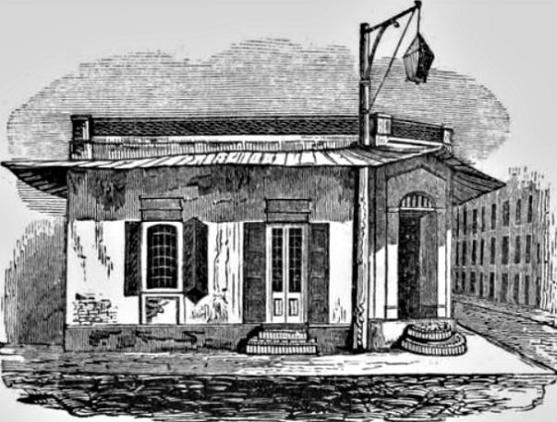| From Norman's New Orleans & Environs by Benjamin Moore Norman, published in 1845: "It is almost alone in its somber dignity, in the midst of younger edifices. Antiquity, her countenance grave with sorrow, protests against the desecration of all that was dear and sacred. Standing on the verge of annihilation, conscious that her days are numbered, she implores us to save one memento of the past, one souvenir of days gone by. And here it is: |
| "Antiquities" |
| Norman's New Orleans and Environs, published in 1845, and Appleton's Handbook of American Travel, 1869, mention some "antiquities" in the French Quarter - buildings that survived from the 1700's, specifically, two old Spanish houses and Casa Blanca, Bienville's residence. Mr. Norman, fearing that the old houses were disappearing, offered an eloquent plea for the preservation of old relics from the distant past. |
| "The Old Spanish Building, at the corner of Royal and St. Ann Streets, is delineated in the above engraving as it now stands, and long may it remain as a memorial of other times." |
| "The Casa Blanca, located at the corner of Bienville and Old Levee, has also escaped the general demolition. It was once the courtly residence of Bienville, the first governor of Louisiana - the seat of power and the center of wealth, beauty and fashion in the province. It is still on its old foundation, standing alone in its glory, and the spirit of innovation has so far respected its ancient uses, that it is still a treasury of wealth, and a conservatory of the sweetness of our favored clime - it is now a storehouse of sugar and molasses!" |
| 24 years later, from Appleton's Handbook of American Travel, by Edward H. Hall in 1869: "Among the relics of the Spanish rule in New Orleans, the most interesting is the Casa Blanca. It was once the courtly residence of Bienville, the first governor of Louisiana. It remains as originally built and in a good state of repair. The first floor is now occupied as a grocery store; the upper portion as a boarding-house. "The old Spanish building on Royal Street at Dumaine should, also, be visited by those who would see what New Orleans was more than a hundred years ago." |
| "What a vandal spirit is innovation! "It sweeps over the land with the energy of a new creation, demolishing and scattering whatever lies in its way, for the mere pleasure of reproducing it in a new form. It removes the ancient landmarks, obliterates the last traces of ancient power and grandeur, fills up valleys, turns the courses of rivers and makes all things bend to its iron will. "It works such rapid and magical changes in its headlong career, that few of us are able to point out what has been, or to predict what will be tomorrow. Let us cherish then, with deeper veneration, the few relics that remain of the days of our fathers. Let us reverence Antiquity such as it is. Let the street commissioner and the improver of old estates... Spare that ancient house, Touch not a single brick." |
| From Norman's New Orleans & Environs, published in 1845: |
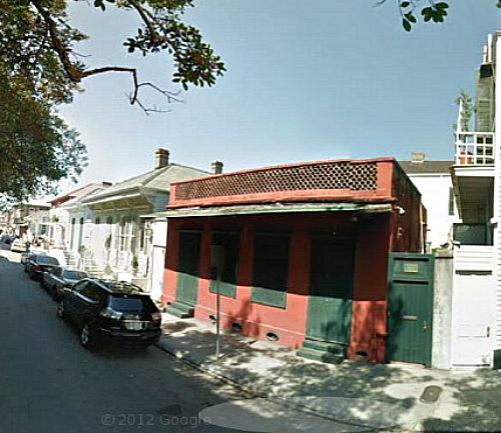
| The old Spanish building on Royal at Dumaine, referred to in Appleton's 1869 book remains and is pictured above as it looks today. Probably built in the 1780's. |
| This photo was taken in 1880 and the description reads, "150- year-old Spanish house." That would put the construction in 1730, but Spain didn't acquire the colony until 1763, so, either it's not Spanish or the date of construction is wrong. Whichever it is, if it's still with us, it's a very old house today. |
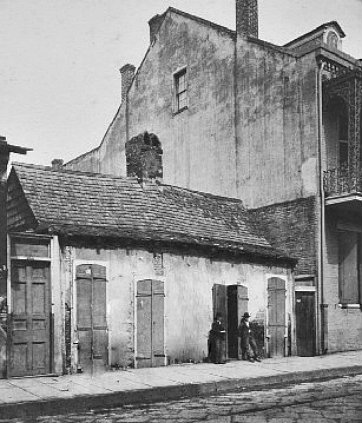
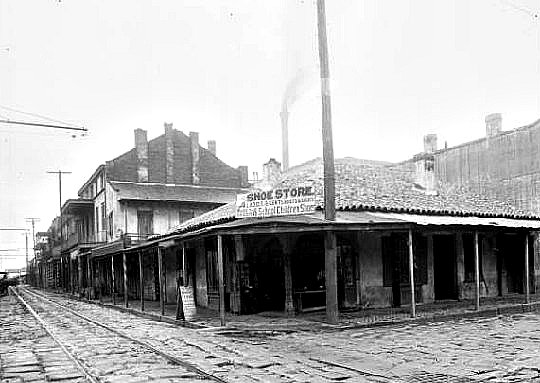
| "Possibly the oldest building in New Orleans." That's the description I found on each of the photos above and below. The building is being used as a shoe store in both pictures, but, in the one below, it looks as if improvements have been made. I believe they were taken in the very early 1900's; the one above, possibly in the late 1800's. I wish I knew the building's history, the location and if the building has survived. |
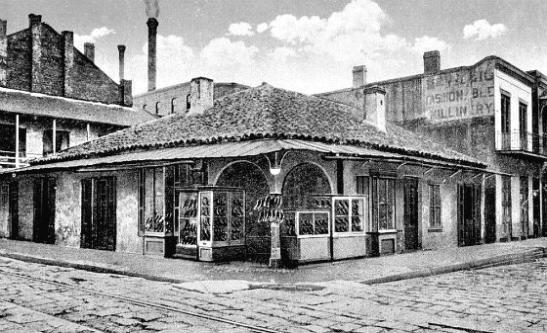
| The link to this page is: http://old-new-orleans.com/NO_Antiquity.html Back to Old New Orleans Whispers - Home |
